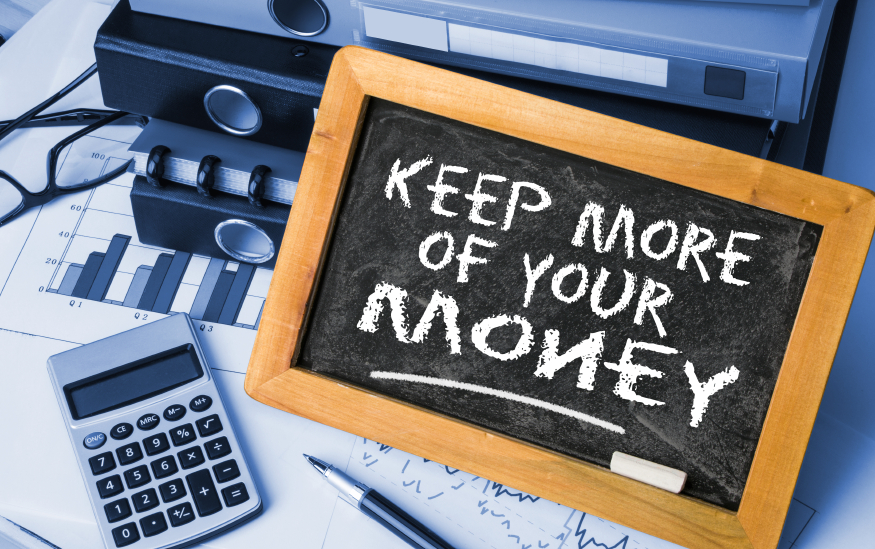“Debt recycling” …flavour of the month
It seems that “debt recycling” is the flavour of the month among financial advisors (and some financial institutions too). And if you do a Google search for the term you find that it is being quite heavily marketed.
It is being marketed as an easy way to convert non-deductible home loan interest into deductible investment interest and to thereby pay off your home quicker – while at the same time generating good investment income and/or an investment portfolio. (It sounds almost too good to be true!) And with house prices being the way they are and with new and existing homeowners with large mortgages, “debt recycling” seems to be becoming increasingly popular.
Essentially, “debt recycling” involves paying down the non-tax-deductible home loan debt on your home in full or to some extent (and by some means!) and then borrowing against it (or any other equity in the home) to buy investment assets, such as a rental property or shares.
The income from this investment is then generally used to pay off any existing home loan where the interest is non-deductible, while a deduction is claimed for outstanding interest on the investment loan.
And if you invest in shares that give rise to franked dividend income then the benefit is even better with the franking credits reducing some or all of the tax on that dividend income – and even on other income (depending on your financial circumstances). There are of course various versions of “debt recycling” with their different design features. These include arrangements where you draw down on existing equity in a home to acquire funds for investment purposes or where you just convert an existing offset account into an investment income account.
But either way, one of the effects of debt recycling is to, in effect, “convert” non-deductible home loan interest to deductible investment interest – or, in other words, to restructure your affairs to also generate investment income for which an interest deduction can be claimed.
So, if you are attracted to the idea of “debt recycling” (or have already entered into such an arrangement) then come and speak to us about it to make sure you understand how it works and understand its advantages and disadvantages.
Or, at least, we can point you in the right direction. And by way of example, one big disadvantage seems to be that if the investment market goes down dramatically, your lender may require you to repay the loan which, in a worst case scenario, may require you having to sell your home to meet the loan call – or at least take out a larger mortgage. We can also, of course, explain to you the tax consequences of “debt recycling” and their specific tax features – including those which may or may not attract the Commissioner’s attention.
So, again, if you are interested in the aspect of “debt recycling” then come and have a general chat to us about it first.
